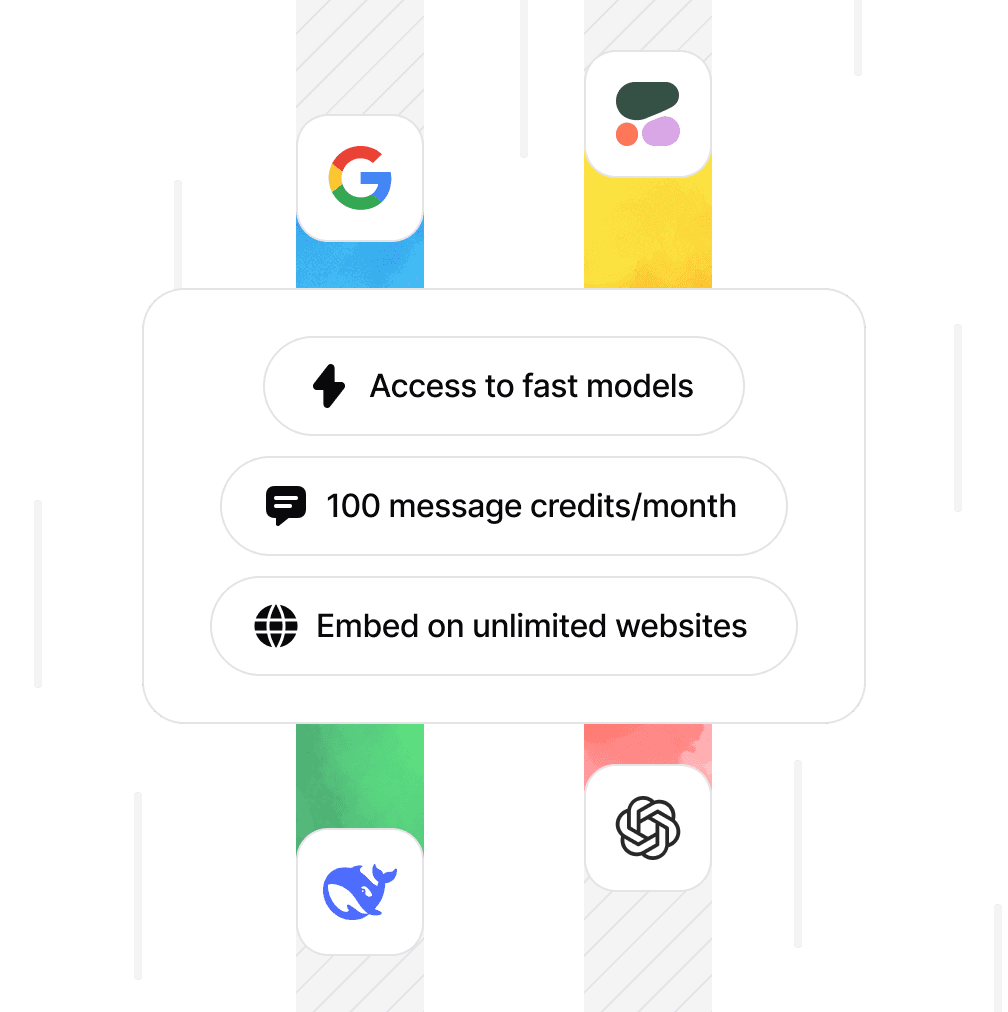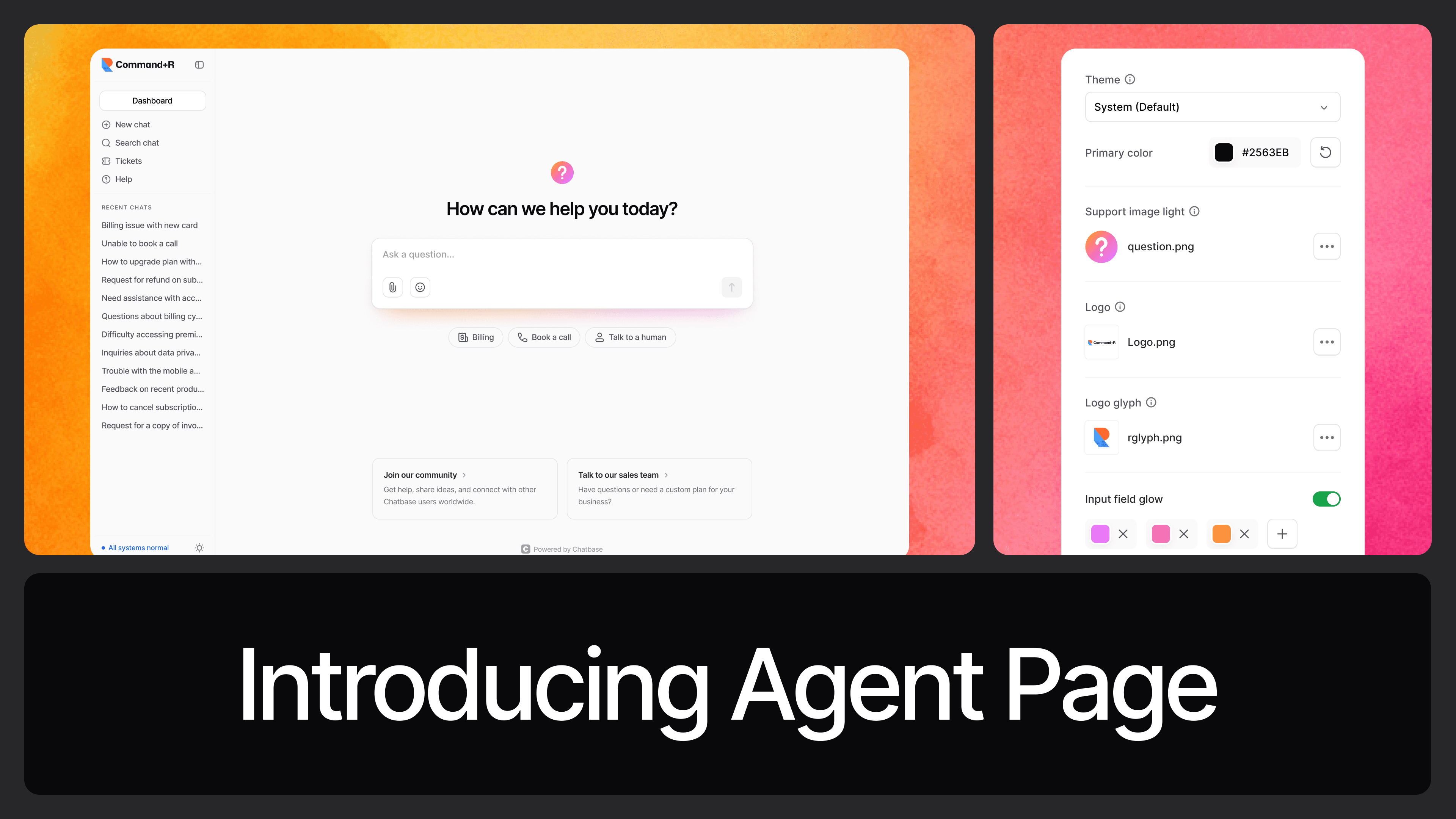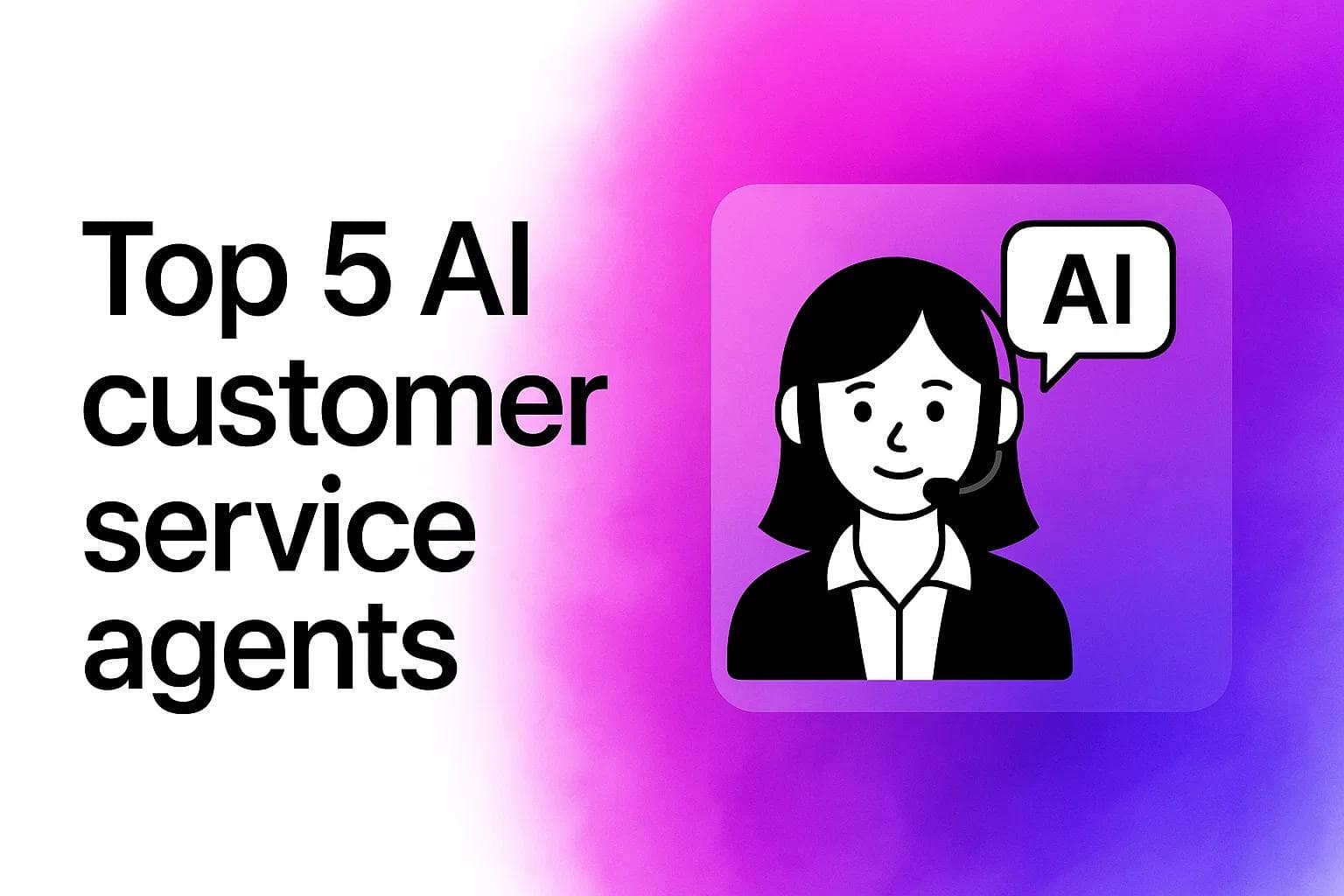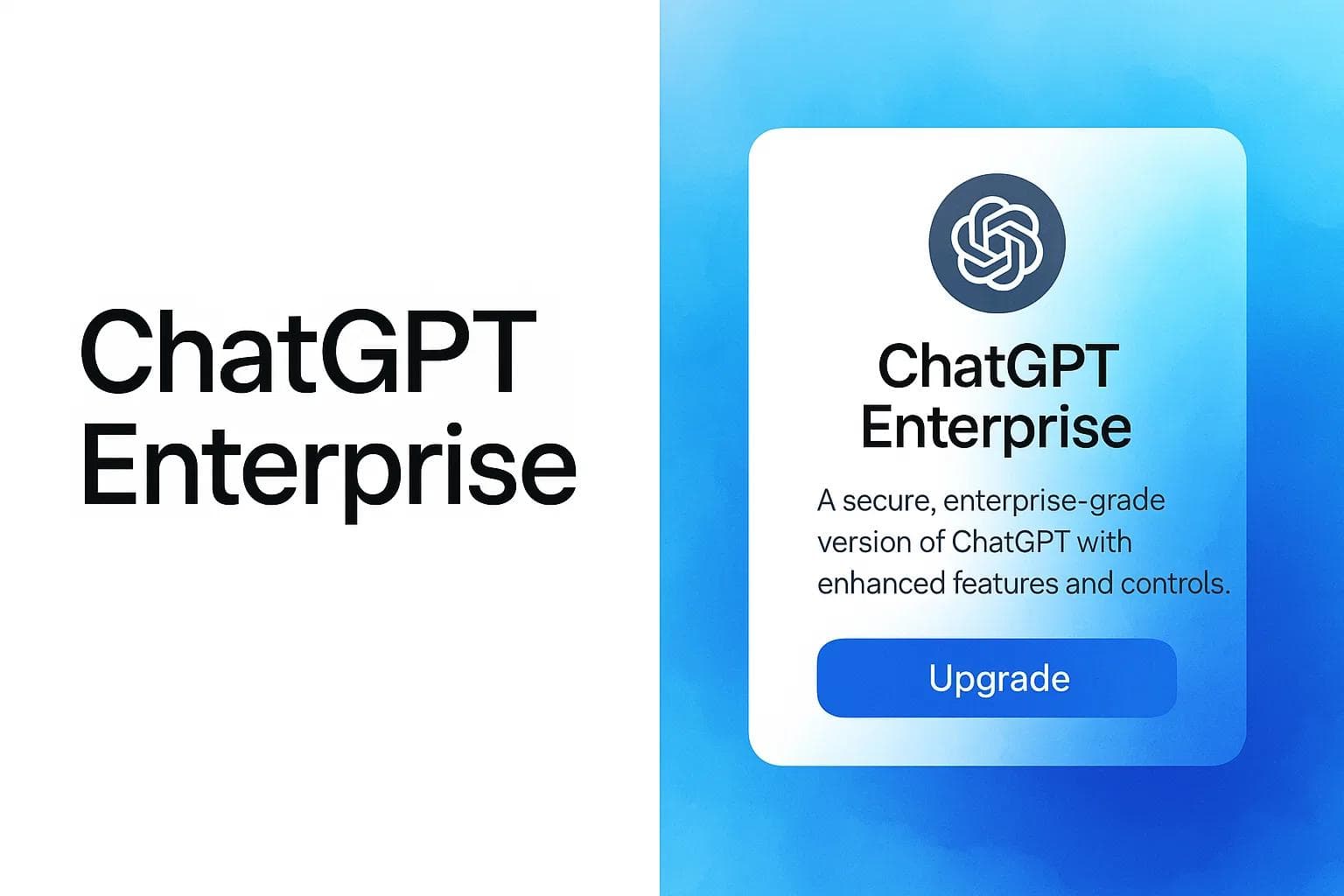8 Tips for Building Good AI Customer Support Chatbots
Max T
Jun 12, 2025
8 min read
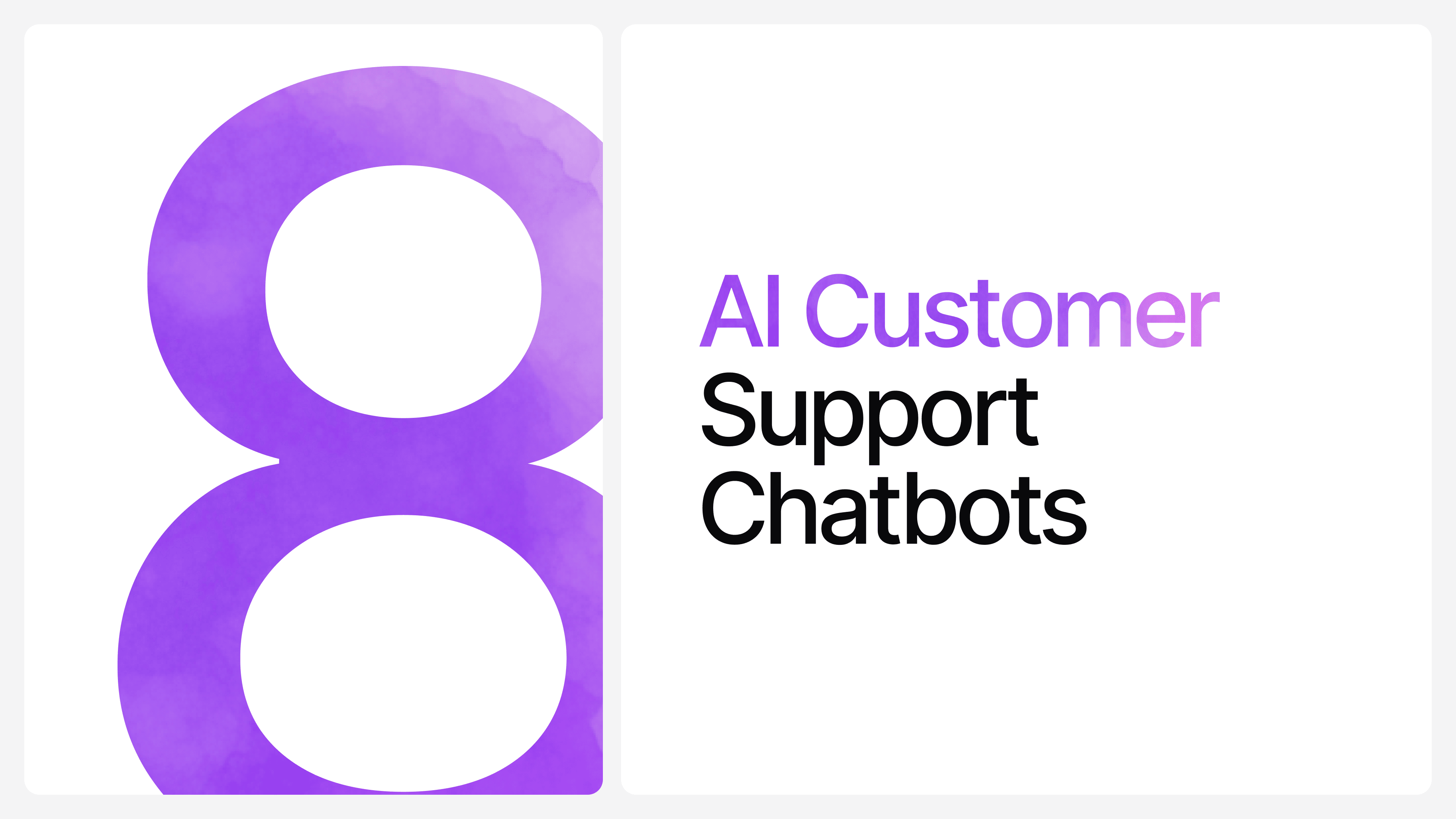
AI customer support chatbots aren’t some experimental tech anymore; they’re everywhere.
From Shopify stores to SaaS platforms to B2B services, companies are deploying AI to handle everything from basic FAQs to complex ticket triage. And for good reason: when done right, a well-designed AI customer support chatbot can reduce response times, lower ticket volumes, and boost customer satisfaction, all without burning out your support team.
But…
Just “plugging in” a chatbot isn’t enough.
A lot of businesses sign up for an AI customer support tool, slap it on their website or help desk, and expect instant transformation. Weeks later? Their team is still overwhelmed, the chatbot is handing off too many tickets, and customers are frustrated. The needle hasn’t moved — it’s barely wiggled.
That’s because building an effective AI customer support chatbot isn’t about having the tool. It’s about how you use it.
This guide breaks down the key principles, the real, behind-the-scenes stuff, to make your chatbot actually useful. We’re going into the insider tactics that power the bots behind support-driven growth teams.
1. Clearly Define the Job of Your AI Customer Support Chatbot
Before you write a single prompt or upload a single knowledge base doc, you need to answer this question:
What’s the one job your AI customer support chatbot is being hired to do?
This might sound basic, but it’s where most teams slip.
If your chatbot is trying to do everything, answer FAQs, qualify leads, handle complaints, collect feedback, and troubleshoot bugs, it’ll end up doing none of them well. Your AI needs guardrails. It needs purpose.
Here’s what this looks like in practice:
- If your support inbox is flooded with order status requests, your chatbot’s first job should be to automate those queries.
- If you run a SaaS tool and customers are constantly asking about billing, your chatbot should be laser-focused on that workflow.
- If your team is drowning in tier-1 tickets, the bot’s job is to deflect only those and escalate the rest.
This is how you get early wins. You make the bot ruthlessly focused. That’s what builds trust internally and externally.
Pro tip:
Write a chatbot job description — literally. Include:
- What kind of queries should it own
- Which types to escalate
- What “good performance” looks like (e.g., 60% deflection rate on order tracking queries)
Once that’s clear, then (and only then) can you start building something worth scaling.
2. Prioritize Use Cases That Matter to Your Customers
Too many teams build AI chatbots around what they want the bot to do, not what customers are actually asking for.
That’s a fast track to building a chatbot that sounds smart but solves nothing.
The most effective AI customer support chatbots are designed around the high-frequency, high-frustration use cases your users care about.
Here’s how to find them:
- Dig into your support tickets: what are the top 5 repetitive questions coming in every week?
- Check search logs from your help center: what are people typing in but not finding?
- Talk to your support agents: what are the questions that make them roll their eyes because they answer them 20 times a day?
Those are your tier-1 automation candidates.
Now, prioritize based on two things:
- Volume: The more frequent, the higher the ROI on automation.
- Emotional weight: Issues like billing confusion or order delays may be less frequent but carry more user frustration. That makes them priority targets.
Don’t get distracted by “cool” use cases like suggesting blog posts or welcoming users on your homepage, unless those drive real support outcomes. Keep the bot focused on things that move support metrics.
3. Train Your Chatbot With Real Conversations, Not Just Docs
Your chatbot is only as good as the data you feed it.
Yes, you need to keep uploading your knowledge base and FAQs to train your AI customer support chatbot. That’s a good start — but that’s not the only thing you need. If you want your AI customer support chatbot to give accurate, helpful, human-sounding answers, you need to take things further by training it with real-world support conversations.
Here’s what that means:
- Pull transcripts from your top-performing live agents. These are full of the phrasing, tone, and nuance your bot needs to replicate.
- Feed in resolved tickets, especially the ones where the customer left a positive CSAT. They show how actual problems get solved — not just how they’re supposed to get solved on paper.
- Incorporate internal notes or macros your agents use — those quick copy-paste responses are often gold for automating responses.
What not to do:
- Don’t rely solely on product documentation.
- Don’t over-engineer long prompts hoping to fix poor training. Garbage in, garbage out.
Train your bot to recognize and gracefully exit from tricky or vague queries. Things like “this isn’t what I ordered” or “I’m super confused” require nuance. The more examples it sees, the smarter your handoffs and replies will get.
4. Build Smart Fail-safes and Clear Exit Paths
No matter how well you train your AI customer support chatbot, there will always be edge cases it can’t handle. And that’s fine, as long as you design for it.
A good chatbot doesn’t pretend to know everything. It knows when to get out of the way.
What that looks like:
- Confidence thresholds: Set a minimum confidence score for replies. If the bot isn’t 90%+ sure, have it gracefully say, “I’m not sure about that, want me to connect you with a human?”
- Safe fallback replies: Don’t let the bot guess when the input is vague. Responses like “Could you clarify your question?” are 10x better than hallucinated answers.
- Real-time escalation: Make it seamless for the bot to route a user to a human, especially for emotional or high-priority issues like billing errors or missing orders.
- Live agent warm handoff: When escalating, pass along chat context, not just “transferring you now.” That reduces frustration and improves time to resolution.
Most bots fail here.
They either:
- Loop users in circles (“Let me try again!”)
- Say “I don’t understand” 5 times
- Or worse: confidently give the wrong answer
The fix isn’t more training. It’s a smarter design. A fail-safe isn’t a failure, it’s a feature.
5. Test in the Wild Before You Roll Out
One of the biggest mistakes teams make with an AI customer support chatbot? Going live without real-world testing.
You wouldn’t ship an app without QA. Don’t launch a bot blind.
AI behaves differently with real users than it does in a test dashboard. You need to see it in action, on your actual site, with your actual customers, in real-time scenarios.
How to do it right:
- Soft launch with internal teams first. Let your customer support agents use the bot internally to simulate real queries. They’ll catch weird phrasing, bad escalations, and missing intents faster than any dashboard.
- Shadow mode test. Run the bot in the background on your help center. It doesn’t respond, but it suggests what it would have said, allowing you to track how often it’s right.
- Slow rollout. Start with a limited segment: one page, one user group, or one use case. Monitor closely before expanding.
What to look for:
- Where the bot hesitates or stalls
- Which questions it consistently escalates
- Whether it answers confidently but incorrectly
- User drop-off patterns (do they leave the chat, escalate, or rephrase?)
6. Track the Right Metrics (Not Just Fancy Ones)
If you’re only looking at “number of chats handled,” you’re missing the point.
A successful AI customer support chatbot should actually improve support outcomes, not just activity. That means you need to go deeper than vanity metrics.
The metrics that actually matter:
- Deflection rate: Of all the conversations the bot handled, how many didn’t require human escalation?
- Resolution rate: How many queries ended with the customer’s issue fully resolved, as confirmed by a CSAT or follow-up action?
- Escalation quality: Are the tickets the bot escalates more complete and easier for agents to close?
- Time to resolution: Are customers getting faster answers compared to when they relied on live support alone?
- CSAT or feedback ratings on bot chats: Yes, bots can earn stars too — and it’s one of the most honest indicators of whether it’s helping or annoying users.
Be careful with:
- Engagement rate: A high number doesn’t mean the bot is working. It might just mean people have to talk to it because they can’t find help elsewhere.
- Message count: More messages don’t always necessarily mean better conversations. It could mean the bot isn’t getting to the point.
Track intent-level success. Not just overall CSAT, but how well the bot performs on specific topics like “billing,” “shipping,” or “login issues.” That’s where you’ll spot gaps and opportunities fast.
7. Give Your AI Chatbot a Tone That Matches Your Brand
This is one of the most overlooked — and most powerful — ways to make your AI customer support chatbot feel like a seamless part of your company.
If your brand is friendly and casual, but your chatbot sounds like a legal contract, that’s a problem. Same goes the other way around.
Why tone matters:
- It builds trust — users feel like they’re talking to you, not some third-party tool.
- It keeps support human — even when it’s fully automated.
- It reduces friction — a chatbot that sounds empathetic diffuses tension faster in tough support moments.
How to do it right:
- Write a tone guide. Literally define how the bot should sound. Casual or formal? Emoji use? Short or detailed answers? Apologetic or neutral in tone?
- Train it with real messages from your support agents or marketing copy. These provide great examples of on-brand language.
- Use system prompts to frame the bot’s voice. Something like: “You are a friendly, warm support assistant for a modern skincare brand. Keep your answers concise, empathetic, and professional, and never guess if you’re unsure.”
- Test edge cases. How does the bot apologize? Say “I don’t know”? Confirm an issue is resolved? These moments define tone more than anything else.
Avoid this trap:
Don’t go overboard with personality at the expense of clarity. A joke that misses in the middle of a refund request? Not a vibe.
8. Don’t Set and Forget — Keep Iterating After Launch
Your chatbot is not a “one and done” project.
The real value of an AI customer support chatbot kicks in when you treat it like a living product — one that you review, refine, and retrain based on how people actually use it.
Why this matters:
- Your product evolves, and so do your support queries.
- Language changes; the way users phrase things today might shift in six months.
- Bugs, edge cases, and confusing flows only become obvious after real users interact with them.
What a solid iteration loop looks like:
- Review chat logs weekly. Look for moments where users got confused, dropped off, or escalated and fix those flows.
- Update training data regularly. Feed in new resolved tickets and feedback to sharpen the bot’s understanding.
- Monitor feedback scores. Pay close attention to low CSAT or thumbs-down feedback; that’s gold for tuning your tone and answers.
- Add or refine intents. As your business expands, new topics will pop up. Your chatbot should evolve to cover them.
- Revisit tone and fallback flows. Especially after product launches or brand changes.
Create a recurring “chatbot QA” sprint — maybe once a month. Treat your bot like a support team member that gets performance reviews. You’ll be amazed at how much better it gets over time.
Build With Purpose
AI customer support chatbots aren’t just another tool in your stack — they’re frontline reps now. Reps that don’t clock out, don’t get overwhelmed, and never ghost a customer.
But they only work if you build them right.
That means being intentional — with use cases, training data, tone of voice, and feedback loops. The teams that treat their chatbot like part of the support org — not just a tech experiment — are the ones actually moving the needle.
And if you’re looking for a platform that helps you do all this without overcomplicating things?
Tools like Chatbase are built with these exact principles in mind — letting you launch fast, customize deeply, and keep improving as your support evolves.
It’s worth exploring, especially if you’re serious about making your chatbot a real asset to your team.
→ Set Up AI Customer Support Chatbot for your Business
Share this article:
